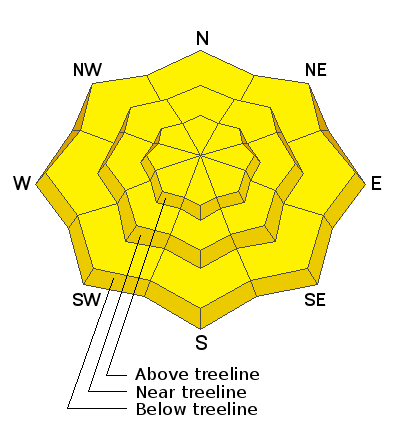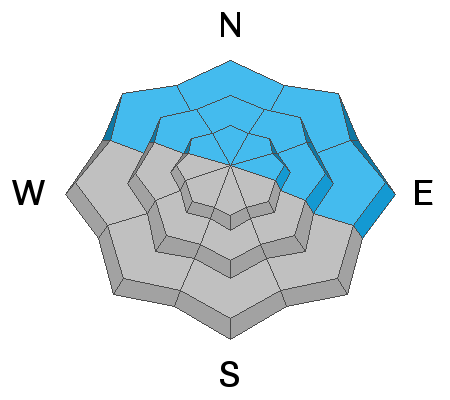Forecast for the Abajos Area Mountains

Issued by Eric Trenbeath on
Friday morning, March 25, 2022
Friday morning, March 25, 2022
Heads up, a dramatic warming event is on tap for the next few days creating the potential for increasingly reactive avalanche conditions!
A MODERATE danger remains for human triggered avalanches failing on a buried persistent weak layer on slopes steeper than 30 degrees that face NW-N-NE-E. Avalanches failing on this layer will be 2'-3' deep, and warming temperatures over the next few days may increase the likelihood. Continue to temper your ambitions for steep, northerly facing terrain.
With a strong sun and warming temperatures we'll see a MODERATE danger for loose, wet avalanches on sun exposed slopes. Signs of instability include rollerballs, pinwheels, and sloppy wet snow. Get in and out early, and stay off of, and out from under steep slopes when they start to get wet and sloppy.

Low
Moderate
Considerable
High
Extreme
Learn how to read the forecast here








